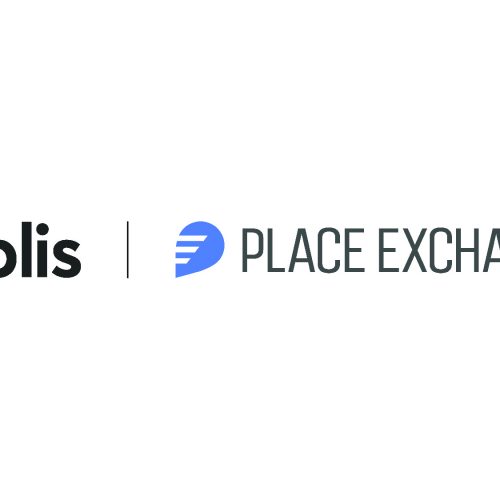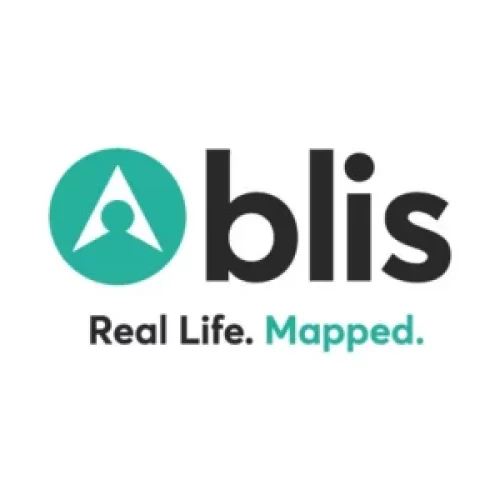It is safe to say that the relationship between consumers, content and brands has undergone seismic change in the last 10 years. Understanding the needs of the consumer has become much simpler because of the increasing availability of real-time data, which allows brands to target their messages in a way that marketers of the past could only have dreamt of.
For modern-day consumers, highly relevant and meaningful advertising is becoming a part of day-to-day life, and will be an expectation rather than a privilege in the future. Why? Because the tools to make this possible are finally at our disposal.
A revelation from the past
There was once a time when control over consumer content lay in the hands of media owners. Where, when and how one consumed media would have been dictated by the big newspapers and broadcasters. If I forgot to pick up my copy of the paper or left the office too late to catch my favourite TV show, there was nowhere else to turn. The reliable safety-nets of on-demand streaming and online news were yet to be woven, meaning a highly restricted form of media consumption was acceptable, because nobody knew any differently.
Looking back at this time reveals how totally unrestricted the consumer is today. Social media feeds can be tailored according to individual interests, news from last year can be read right now, and if I don’t like a particular TV series, I simply close the tab and pick another. Control over where, when and how media is consumed has undergone a major shift, residing now with the consumer.
Get personal
With consumers making the media decisions in the era of individual control, marketers are learning how to personalise engagement and cater to the new consumer hierarchy of needs. In the decade since the last recession, consumers have become more and more aware of their value to brands. Therefore, one of the greatest challenges to personalisation has been the rise of the ‘conscious consumer’.
Consumers have discovered that a number of factors come into play when thinking about what brands can offer them. For example, heightened access to both qualitative (peer reviews, social media) and quantitative (price comparison and discount codes) information demonstrates the level of transparency that brands can offer, and consumers are quick to notice when the standard is not good enough. Marketing efforts must also respect the consumer’s privacy, taking into consideration changes like the GDPR regulation as well as consumers’ growing expectation of a quid pro quo from a brand in exchange for sharing their personal information.
The upshot of this individual approach to marketing has been that consumers demand more from brands. With the existence of social media – a space where your reputation can be made or broken – it is essential to meet new demands where possible.
Honesty is the best policy
The key question for marketers, then, is how does their brand cater to every single customer’s constantly changing needs in the digital future? The answer lies with data. This means, above anything else, brands must be transparent about what they’re doing. When signing up to a discount code or loyalty programme, it is easy to forget that content of this kind is not free. For brands, basic transparency involves acknowledging the ‘value exchange’ that occurs here – in return for the discount code, the customer gives up their personal data. Remember: the ‘conscious consumer’ is aware of this, so avoid hiding it in the small print.
With their awareness of the power of data, this new breed of consumer will appreciate seeing what brands can do for them. Making location data available for brands to make use of is becoming more common among consumers, because it leads to relevant, convenient and thus meaningful advertising. Think iced coffee ads for special offers in the cafe 100m away on a hot summer morning or a special offer for a 3-course dinner at the top of the Burj Khalifa.
Don’t exploit your customers trust by bombarding them with irrelevant, unwanted messages or breaching GDPR rules by sharing their information without consent. Doing so risks losing individual customers, and you could easily face a storm of public complaints on social media, adding further damage to your reputation.
Relax, take your time
Building loyalty with your audience is priceless, but it can take time. You might have to resist potentially spectacular, albeit short-term engagement figures. But wouldn’t you rather have a reliable loyalty strategy that keeps customers happy?
Marketing has become a key performance indicator of a business’ potential to meet consumer expectations, and to secure customer retention and loyalty you will need data with longevity. A good starting point is to plan six- to twelve-month media activities across mobile, OOH, desktop and elsewhere, from which you can draw trustworthy insights. The shrewdest brands should examine audience profiles across all stages of a campaign, as well as those of competitors, and look for key narratives and extrapolations.
A future-proof marketing strategy rests on the personal connection you establish with your customers. Acknowledge that they are in control and be transparent. Most critically, don’t be afraid to take the long view. With these golden rules, you can maximise your marketing success today and be prepared for the future.


